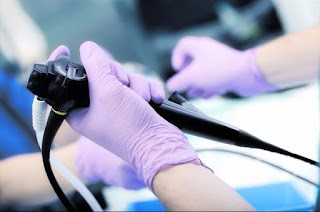How To Choose The Right Lens For Industrial Cameras?

Industrial cameras are key components in machine vision systems. Their most essential function is to convert optical signals into ordered electrical signals for small high-definition industrial cameras. In machine vision systems, the lens of an industrial camera is equivalent to the human eye, and its main function is to focus the target optical image on the photosensitive surface of the image sensor (industrial camera). All image information processed by the visual system can be obtained from the lens of the industrial camera. The quality of the industrial camera lens will directly affect the overall performance of the visual system. As a kind of imaging equipment, industrial camera lenses usually form a complete image acquisition system with power supply, camera, etc. Therefore, the selection of industrial camera lenses is governed by the overall system requirements. Generally, it can be analyzed and considered from the following aspects: 1. Wavelength and zoom lens or not It is rel...






